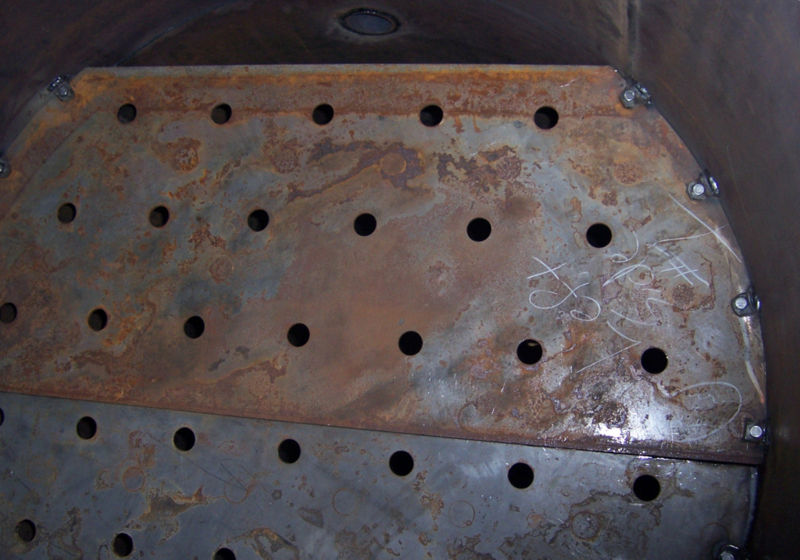Wave Breaker
 Wave breaker is a component or structure installed inside a pressure vessel to mitigate or control the formation of waves or sloshing of liquids within the vessel. Pressure vessels are containers designed to hold fluids or gases under high pressure, and they are commonly used in various industrial processes, including chemical manufacturing, oil and gas refining, and power generation.
Wave breaker is a component or structure installed inside a pressure vessel to mitigate or control the formation of waves or sloshing of liquids within the vessel. Pressure vessels are containers designed to hold fluids or gases under high pressure, and they are commonly used in various industrial processes, including chemical manufacturing, oil and gas refining, and power generation.
Wave Breaker Index
In long horizontal vessels it is necessary to install wave breakers or stilling baffles, which are nothing more than vertical baffles spanning the gas-liquid interface and perpendicular to the flow. Wave breakers serve multiple functions. By minimizing the amount of waves, the oil & water separation process is stabilized. This prevents large amounts of wet oil from spilling over the weir. This is particularly undesirable if the separator is being used for gross allocation or lease custody transfer. In a process that has a lot of gas entrainment, they are designed to stop wave action caused by gas eddy currents near the gas-liquid interface in order to prevent liquid re-entrainment into the gas stream.
Key Points about Wave Breakers
- Preventing Wave Formation - When a pressure vessel is partially filled with liquid, especially in cases where the vessel experiences sudden changes in pressure or is subject to movement, waves can form on the surface of the liquid. These waves can potentially lead to instability, increase stress on the vessel's walls, and affect the performance of the equipment connected to the vessel. Wave breakers are designed to disrupt the formation of waves or reduce their size, which helps maintain stability within the vessel.
- Enhancing Mixing - In some applications, it's desirable to have controlled mixing of liquids within a pressure vessel. Wave breakers can be designed to promote turbulence and mixing, which can be useful in chemical reactions or other processes that require thorough blending of fluids.
- Reducing Fluid Splashing - In certain situations, pressure vessel contents may be sensitive to shear forces or sudden changes in fluid dynamics. Wave breakers can minimize splashing and abrupt movements within the vessel, thus reducing the potential for damaging the contents.
The design and placement of wave breakers depend on the specific application, the characteristics of the fluid inside the vessel, and the vessel's operating conditions. They can take various forms, such as baffles, perforated plates, or other structures that interrupt the flow of liquid or gas. The primary goal is to create a more stable environment inside the pressure vessel and ensure its safe and efficient operation.


